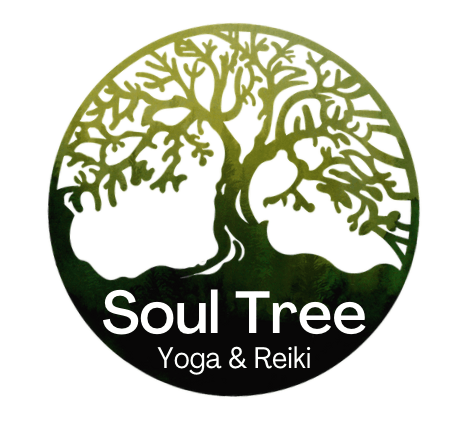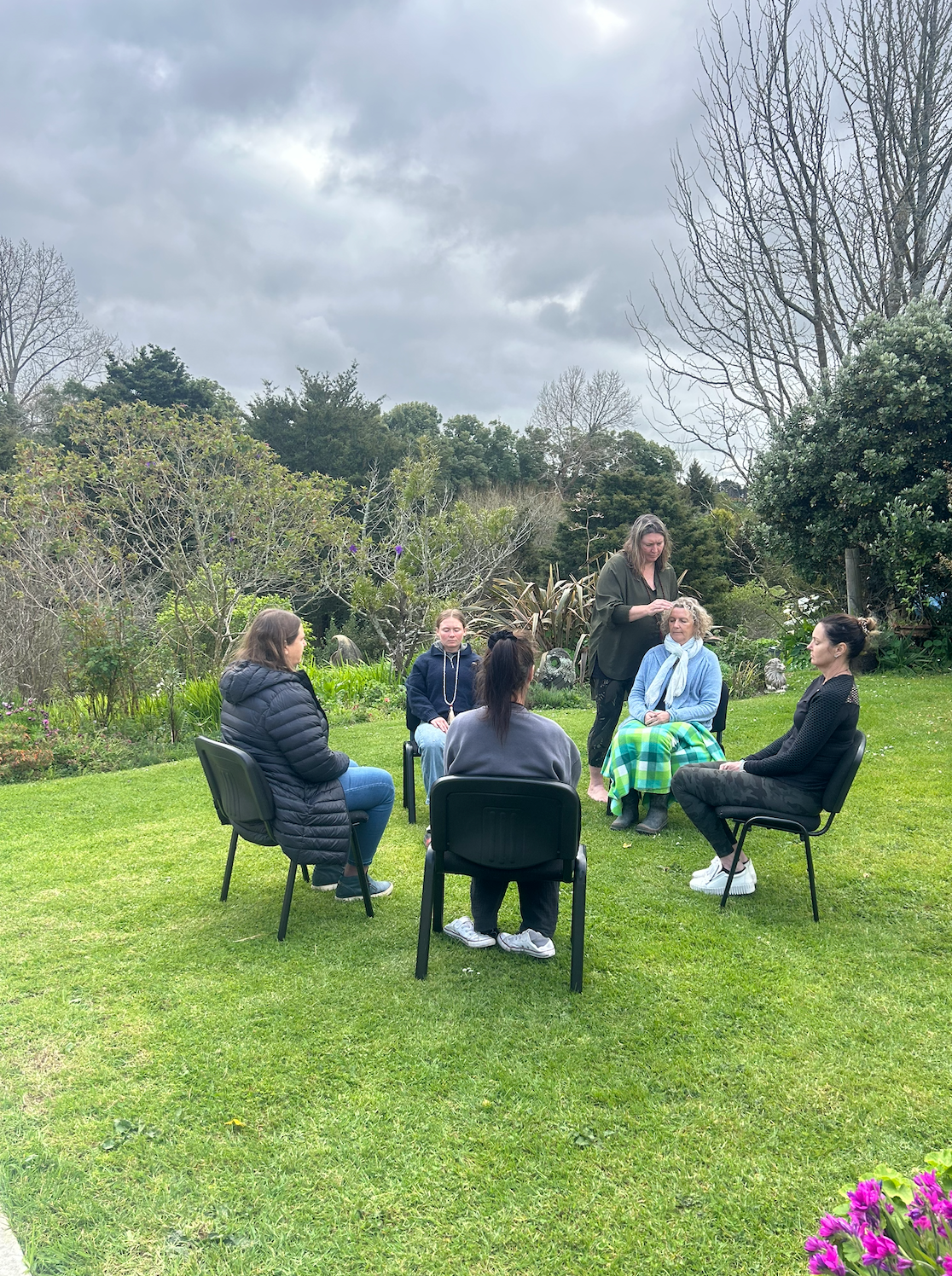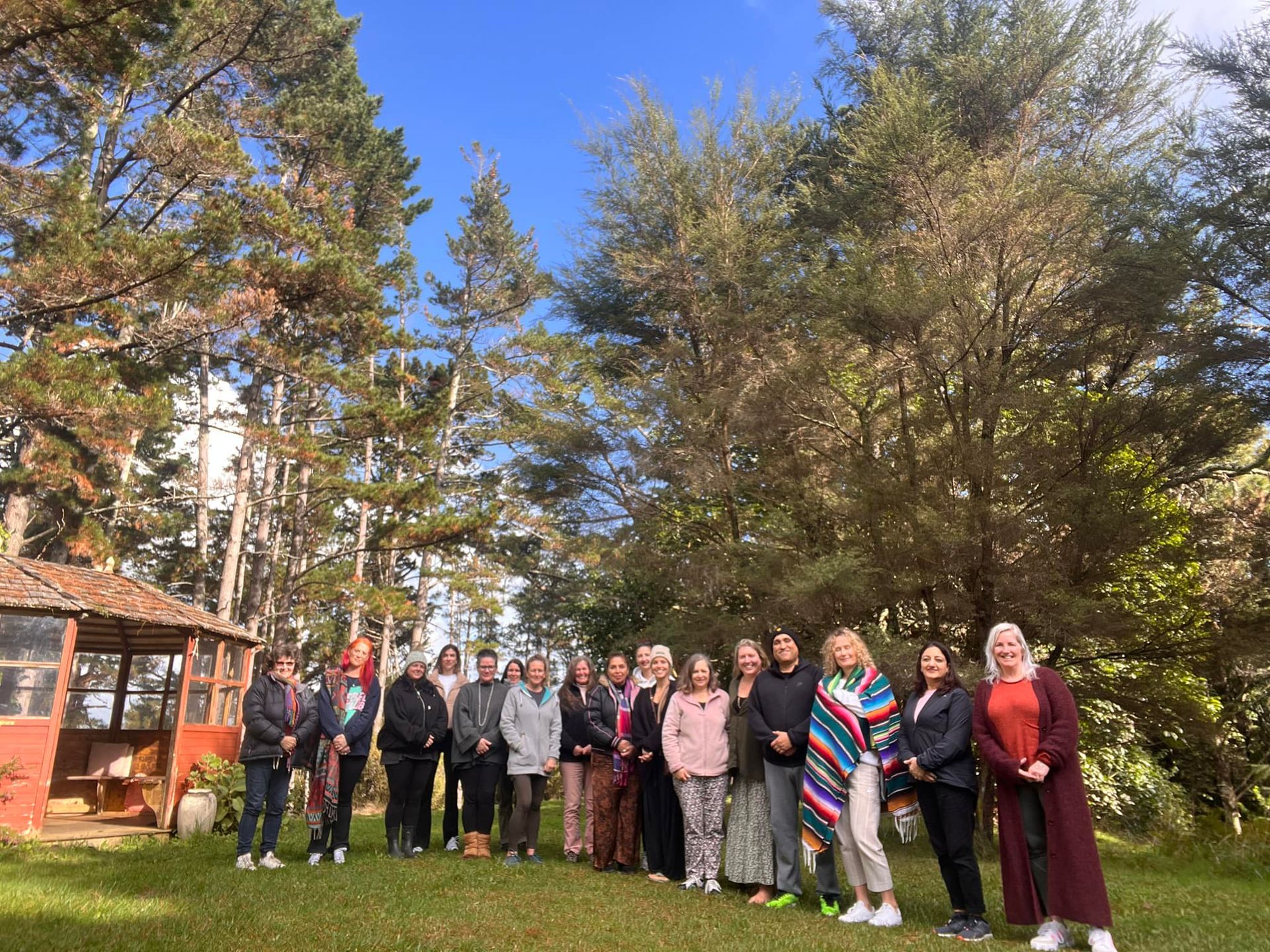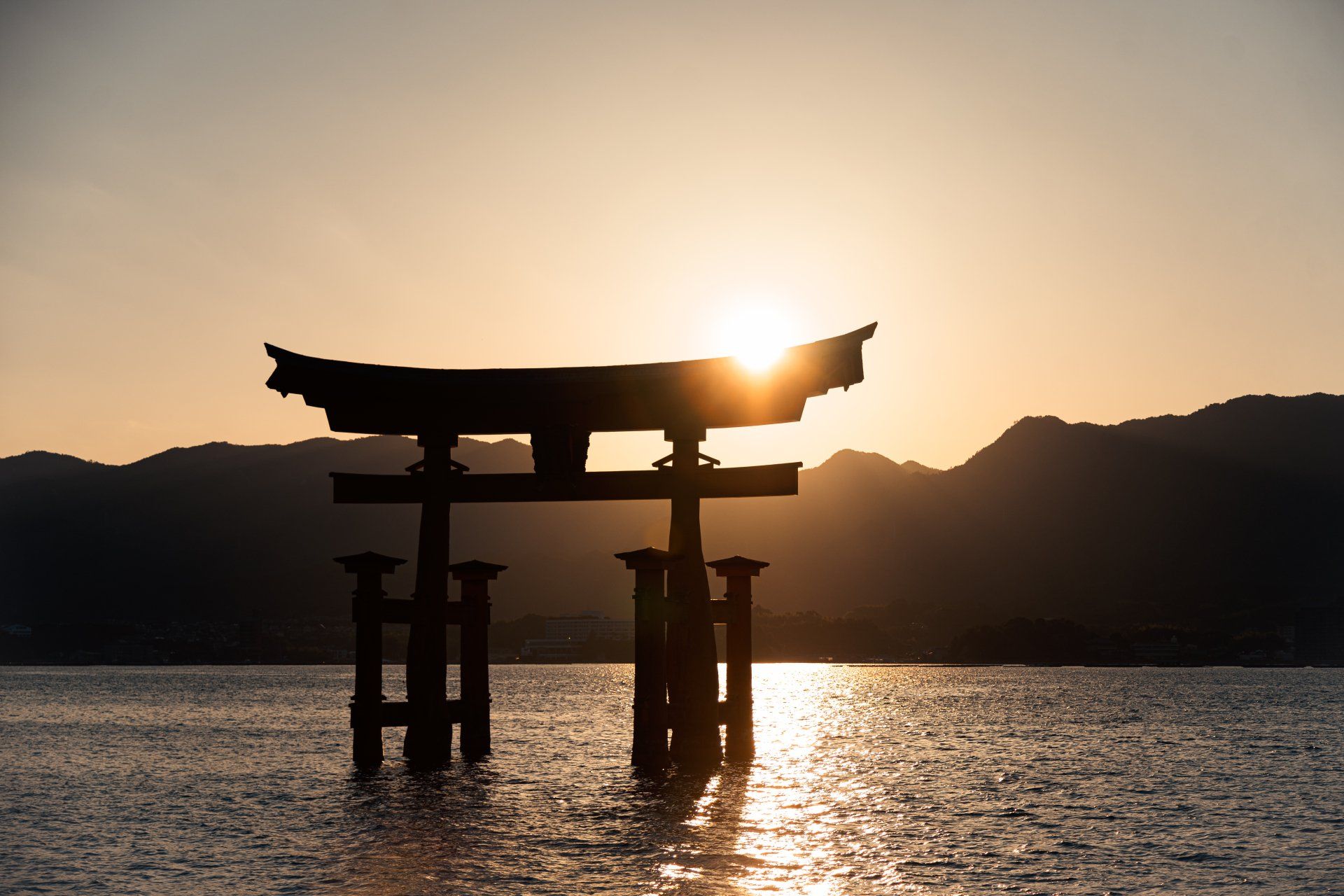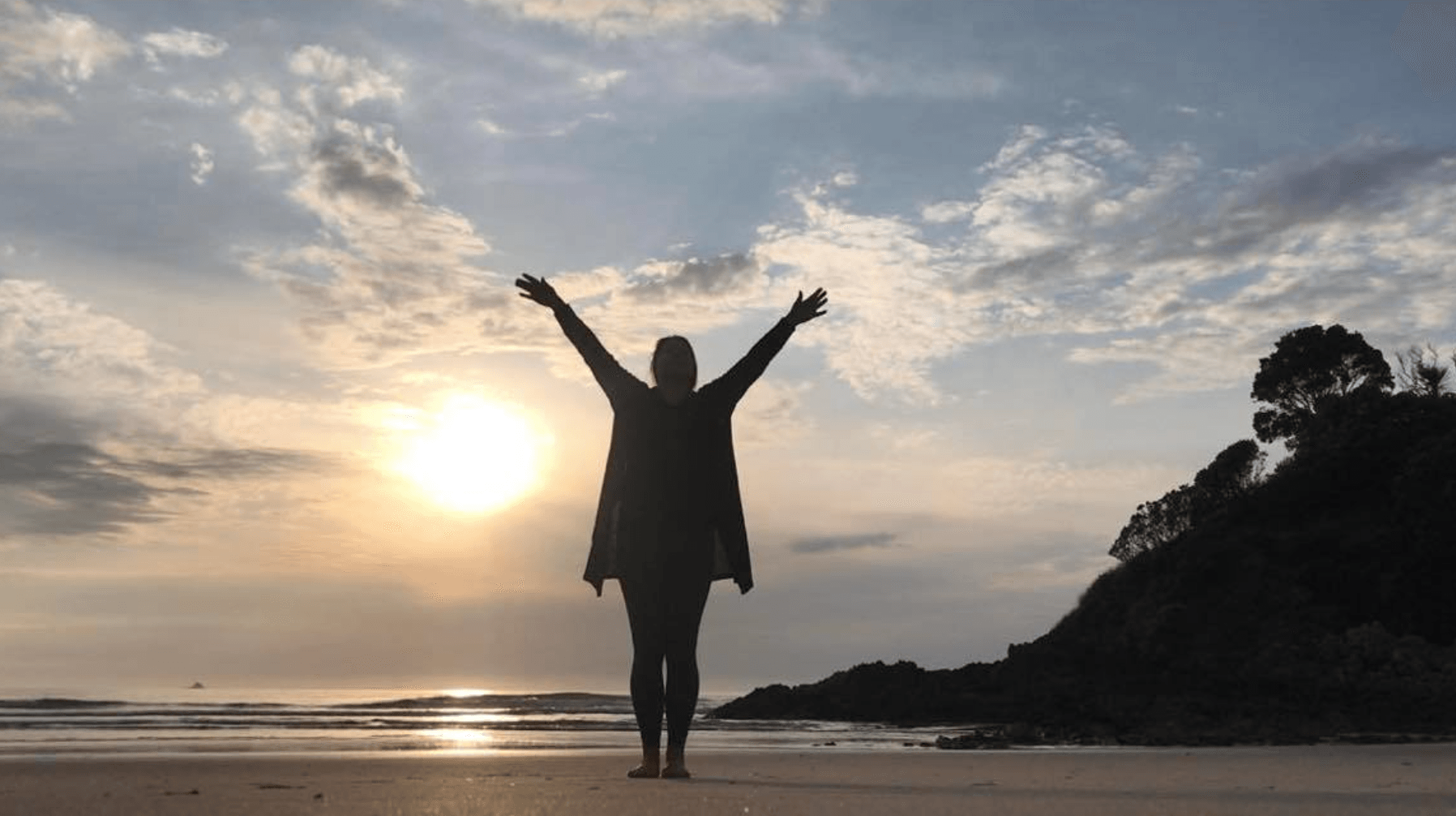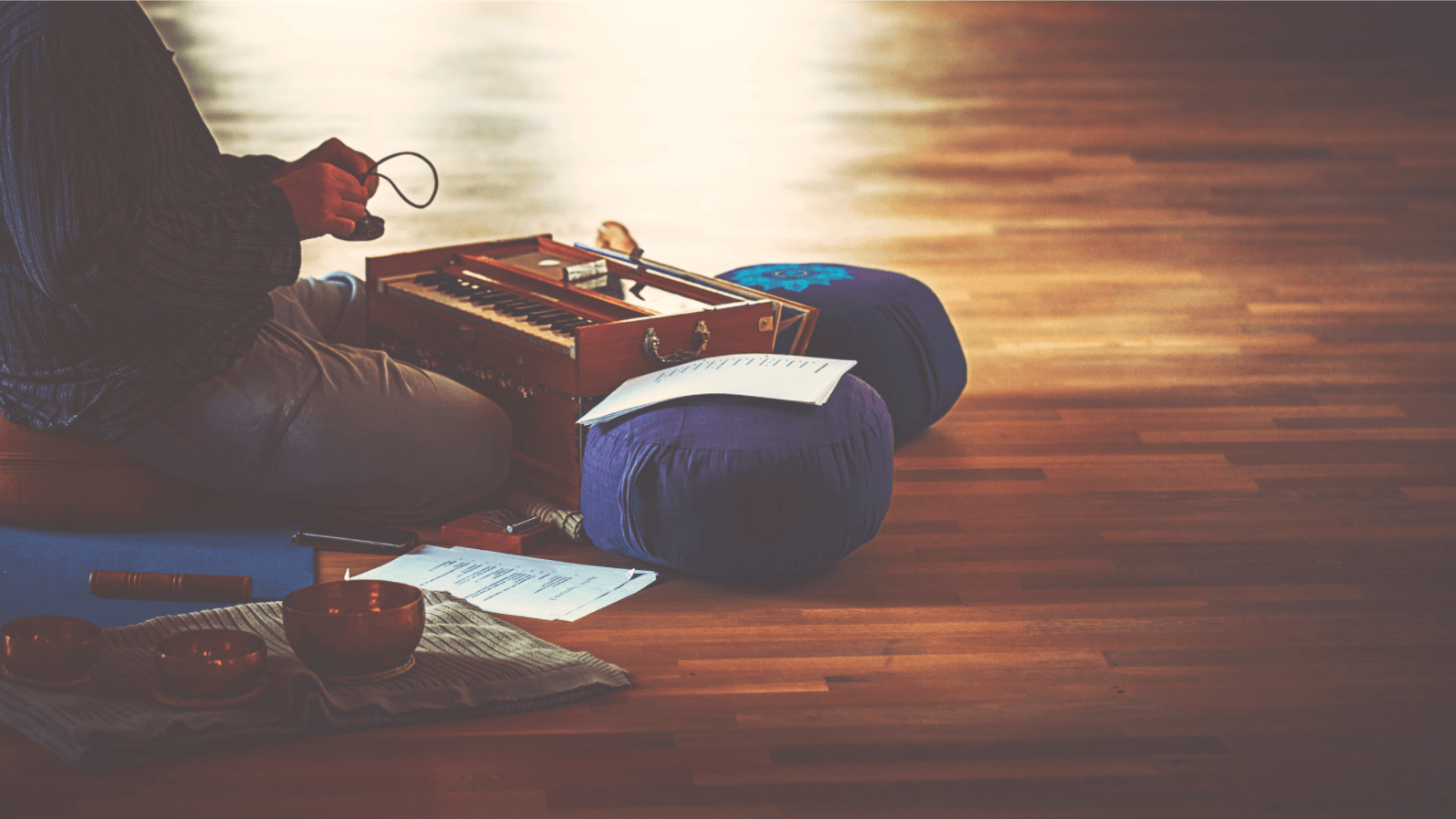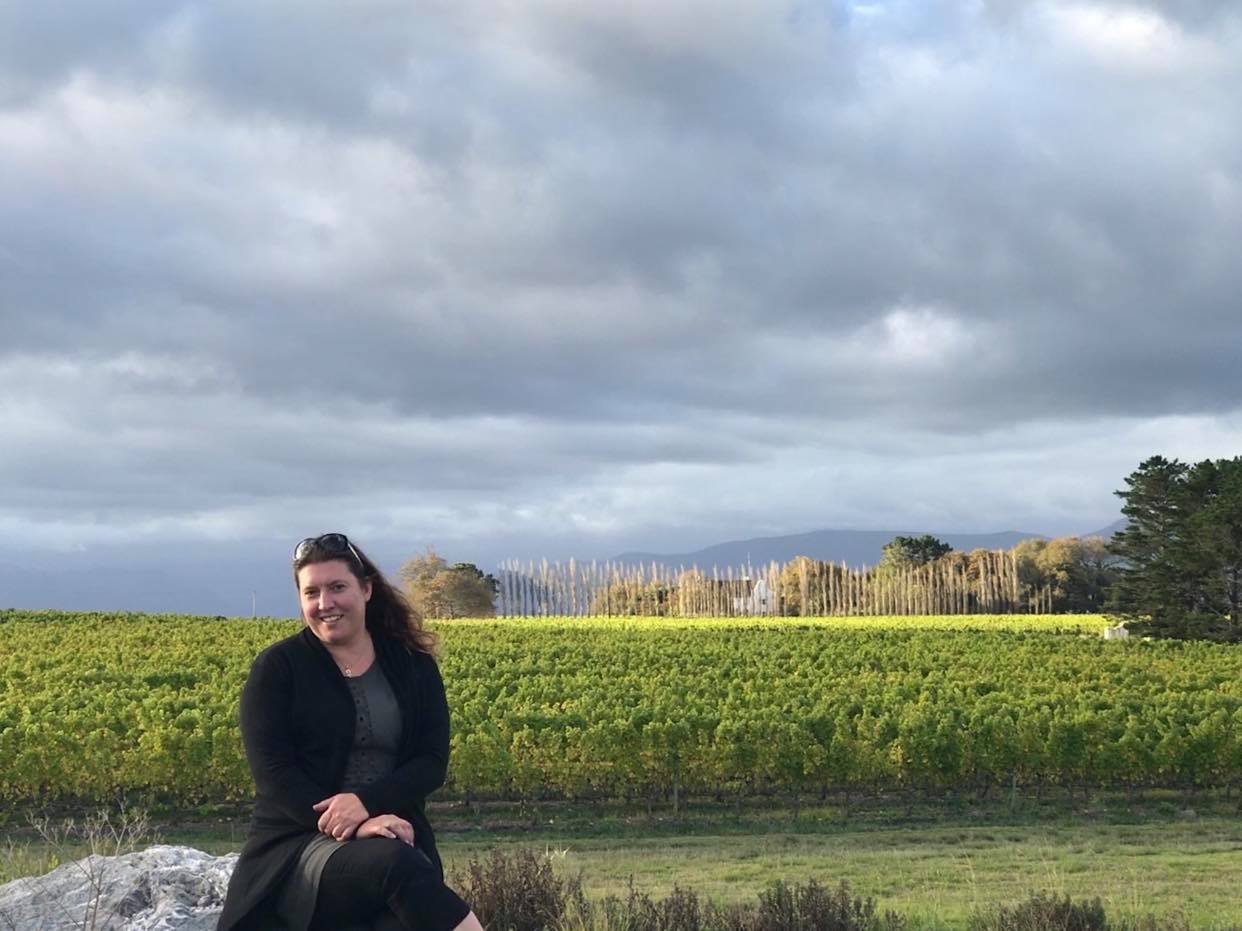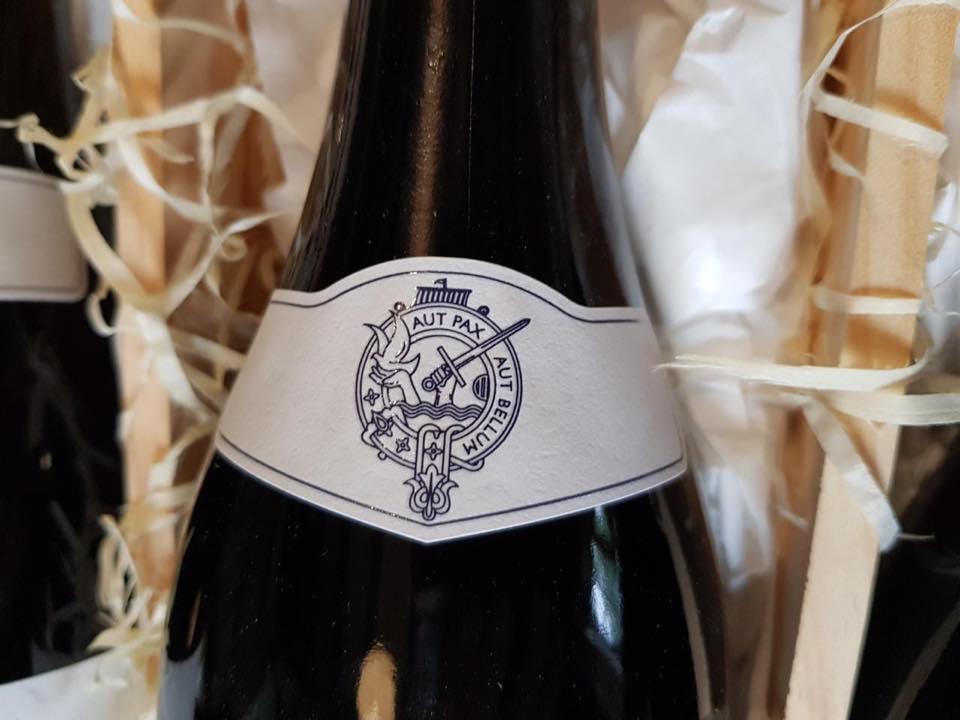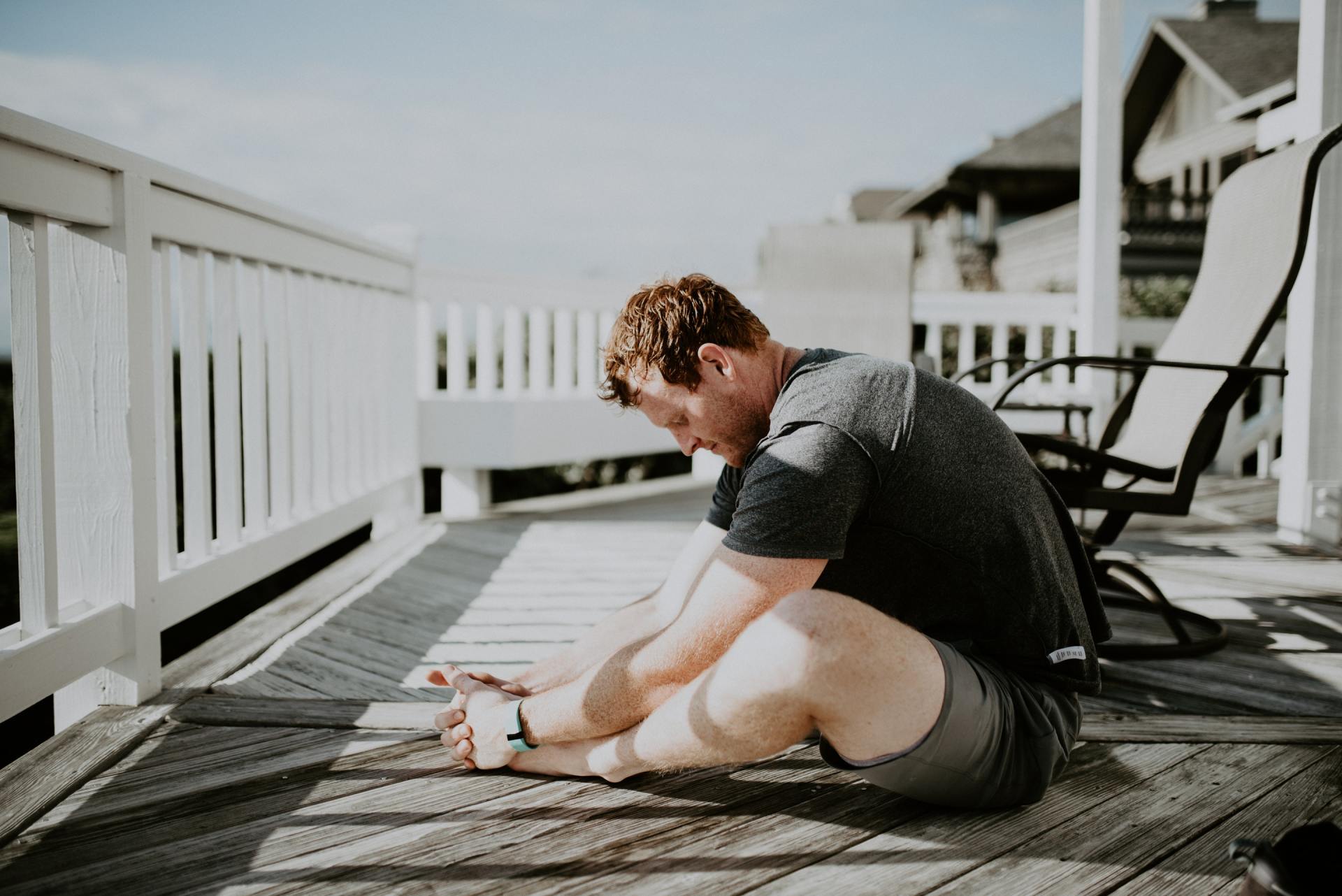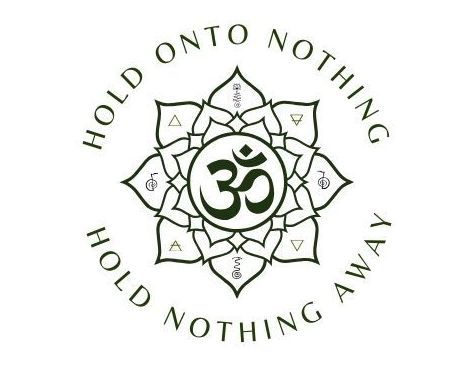Gassho - More Than A Gesture
Gassho is not just a gesture; it is a doorway — into stillness, connection, and the limitless energy of the universe.

Gassho is a beautifully simple practice— two hands joined together in front of the heart, fingers pointing upwards, palms gently touching. Yet in its stillness lies a vast depth of meaning.
This ancient gesture or mudra is found across many spiritual traditions, often used in devotion, gratitude and respect. In the system of Reiki, Gassho is far more than a ritual or respectful salutation — it is a gateway. A gateway to inner balance, mental clarity, energetic alignment, and heartful connection.
The word Gassho in Japanese translates loosely to “two hands coming together,” and it symbolises unity — the meeting of left and right, yin and yang, giving and receiving, the self and the other. But beyond symbolism, this gesture has real energetic effects. It calms the nervous system, centres the mind, and aligns our inner landscape in preparation for healing. By bringing our hands together at the heart centre, we are quite literally bridging opposites within ourselves. We shift from doing into being, from fragmentation into wholeness. In Reiki, Gassho is how we begin — and how we return. Lets look a little deeper into this gesture:
The First Pillar of Reiki
In the traditional teachings of Mikao Usui Sensei , Gassho forms the very foundation of the entire practice. He described it as the First Pillar of Reiki, and it was taught not as a casual gesture, but as a formal meditative practice. Usui instructed his students to sit in seiza (a kneeling position) with their hands in Gassho, focusing on the place where the middle fingers touch, for 20 to 30 minutes. This wasn’t just a warm-up — it was the primary practice for cultivating stillness, sharpening awareness, and embodying Reiki as a state of being.
Gassho Meditation refines the practitioner’s ability to be fully present, it trains the mind to settle and the breath to deepen. Over time, it builds a steady, anchored awareness that becomes the vessel through which Reiki flows. Before any treatment begins, Gassho is used to centre oneself, to clear the mental and emotional clutter, and to attune to the universal life force. It’s an act of humility — a reminder that we are not the healers, but instruments of healing energy.
Gassho as the First Pillar reflects Reiki’s roots in spiritual discipline and inner cultivation. It reminds us that Reiki is not just a technique, but a way of being — a path of self-awareness, compassion, and connection to the great mystery that moves through all life. Each time we bring our hands together, we return to that essence.
How to practice Gassho Meditation
To practise Gassho Meditation, find a quiet space and sit comfortably, ideally in a kneeling (seiza) or cross-legged position, seated on a chair upright with a straight spine or even satnding before you begin a reiki treatment. Bring your hands together in front of the heart centre, palms lightly touching in Gassho. Close your eyes and begin to gently focus your attention on the point where your middle fingers meet. Let your breath settle into a natural rhythm, and if the mind wanders, softly bring it back to the feeling of your fingertips and the rise and fall of the breath. Sit this way for 10 to 30 minutes, allowing stillness, gratitude, and connection to unfold naturally.
The Yogic Connection
Gassho isn’t unique to Reiki — it’s part of a much larger human story. Across Asia, pressing the palms together in greeting is a universal gesture of respect and unity. When paired with the word Namaste, it becomes a full-body expression: "The divine in me bows to the divine within you." In the yogic traditions of India, this hand gesture is known as Anjali Mudra, meaning “gesture of offering.” In yoga practice, Anjali Mudra appears again and again — it is used in the first posture in Surya Namaskar (Sun Salutations) and in meditations, seated poses, and even standing balances.
I personally use this mudra in my sadhana (daily practice). The moment I bring my palms together to signal the start of practice, I feel the energy descend from my busy mind to my heart, to my breath. There is a tangible feeling of grounding, centring, and a powerful anchoring in the present moment.
Though physically simple, this gesture triggers profound psychological shifts: it settles the mind into focused calm, activates the Anahata (heart) chakra, and cultivates humility and gratitude within seconds. When bringing palms together, you are also joining the subtle energy channels Ida and Pingala — the sun and moon energies corresponding to the different hemispheres of the brain. They merge in the centre, balancing the logical and intuitive aspects of the mind.
In yogic philosophy, Ida (lunar, cooling, feminine) and Pingala (solar, warming, masculine) unite at the heart and crown through this gesture, symbolising inner balance. In Chinese tradition, it parallels the harmonising of yin and yang. Through Gassho or Anjali Mudra, we create a bridge within ourselves — balancing opposites, uniting polarities, and returning to a centred state of wholeness.
TCM Wisdom: Palms and Meridians
From an energetic medicine perspective, the significance deepens further. In Traditional Chinese Medicine (TCM), the palms are powerful gateways through which key meridians run. When we bring our hands together in Gassho, we activate and harmonise several vital energy pathways:
- Heart Meridian – Runs along the inner arm and is associated with love, joy, consciousness, and emotional warmth. Stimulating this meridian enhances emotional clarity and heart-centred awareness.
- Pericardium Meridian – Also called the “Heart Protector,” this meridian governs emotional resilience and the ability to maintain boundaries. It shields the heart from stress and emotional trauma, playing a crucial role in inner peace.
- Lung Meridian – Governs breath, immunity, and the intake of qi (life force). It connects us to the present moment through breath, supports grief processing, and facilitates a clear flow of inspiration.
By pressing the palms together, we stimulate acupressure points on all three meridians, encouraging the smooth and balanced circulation of Ki. In addition, this gesture is believed to gently activate the vagus nerve, which regulates the parasympathetic nervous system. This promotes the "rest and restore" state — slowing the heart rate, regulating breath, and reducing anxiety. In moments of mental clutter or emotional overwhelm, simply pressing your palms together can offer immediate relief and reset.
The Elements and Planets at Your Fingertips
Even more fascinating is how the fingers themselves link us to the elements of nature and the energies of the planets:
- Thumb – Fire Element, ruled by Mars. Symbolizes willpower, courage, and the transformative force of fire.
- Index Finger – Air Element, ruled by Jupiter. Represents expansion, wisdom, leadership, and the breath of knowledge.
- Middle Finger – Space (Ether) Element, ruled by Saturn. Associated with discipline, spiritual growth, and connection to universal truth.
- Ring Finger – Earth Element, ruled by the Sun. Anchors vitality, grounding, and life energy into the physical body.
- Little Finger – Water Element, ruled by Mercury. Governs communication, emotional intelligence, and adaptability.
When we bring the hands together in Gassho, we aren’t just making a gesture. We are inviting all five elements — fire (energy), air (thought), space (consciousness), earth (stability), and water (emotion) — to come into harmony within us. At the same time, the planetary influences strengthen our subtle energy fields, supporting both our physical and spiritual wellbeing. It's an extraordinary act of alignment, done so simply
The Power of Gassho
When we understand all that’s happening beneath the surface of Gassho — physically, energetically, cosmically — it’s no wonder Mikao Usui placed it at the very beginning of Reiki practice.
It is so much more than just a symbolic gesture; it is a living, breathing practice that unites body, mind, and spirit, preparing the practitioner to become a clear and compassionate channel for Reiki energy.
The power of Gassho reminds us that sometimes the simplest acts carry the deepest wisdom. Placing our hands together draws us into presence, opens our heart, quiets the mind, and reconnects us to the universe within and around us. It creates a bridge between the earthly self and the higher self — between the human and the divine.
References:
- Lad, Vasant. The Complete Book of Ayurvedic Home Remedies. 1st ed., Harmony Books, 1998.
- Maciocia, Giovanni. The Foundations of Chinese Medicine: A Comprehensive Text for Acupuncturists and Herbalists. 2nd ed., Elsevier Churchill Livingstone, 2005.
- Petter, Frank Arjava. The Original Reiki Handbook of Dr. Mikao Usui. Lotus Press, 2002.
- Saraswati, Swami Satyananda. Asana, Pranayama, Mudra, Bandha. 4th ed., Bihar School of Yoga, 2008.
- Saraswati, Swami Niranjanananda. Mudra Vigya,. Bihar School of Yoga, 2009.
- Inamoto, Hyakuten, Komyo ReikiDo Manuals
